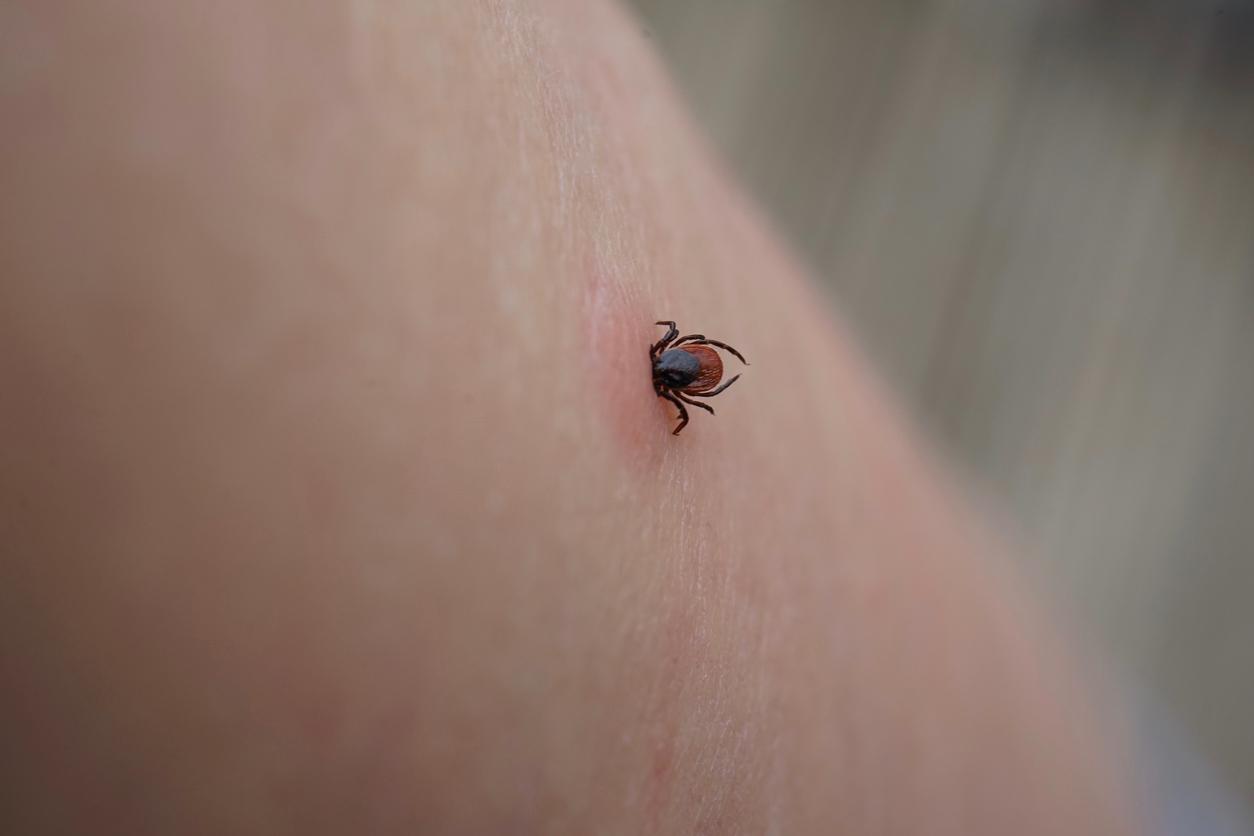Unlike forests, gardens are not perceived by the French as places where they can be bitten by ticks. Error !

- One of CiTIQUE’s objectives is to collect data on the geographical distribution of tick bites and the pathogens they carry in France, depending on the environment, the weather and the seasons.
- Download the application > For Android: www.citique.fr/android – For iOS: www.citique.fr/ios.
According to a new INRAE study, the French are more and more bitten by ticks in their garden. While between 2017 and 2019, 28% of people had declared having been bitten in a private garden in France, the rate of declaration of bites in these places rose to 47% between March and April 2020 on the entire metropolitan territory. “This period linked to the first strict confinement in the spring of 2020 (exits prohibited more than 1 km from the home) thus confirms the importance of the risk of bites in the gardens, this familiar environment being often perceived as less at risk by individuals than by outings in the forest, comment the researchers.
While the main places of presence of ticks identified by the general public are forests, wooded and humid areas, and tall prairie grasses, the risk of bites in public and private gardens now requires “specific research to improve understanding of this phenomenon and make this risk visible to public authorities, citizens and health professionals”, adds INRAE in a press release.
How to avoid getting sick from a tick?
Ticks are disease vectors. Lyme disease can occur in particular following a tick bite infected with the bacteria. Borrelia burgdorferi sensu lato. In 2019, the Sentinelles network listed 50,133 cases in mainland France, mainly in the Grand Est, Bourgogne-Franche-Comté, Auvergne Rhône-Alpes and New Aquitaine. Thanks to ticks collected since 2017, the CiTIQUE program has shown that 15% of ticks that bite humans carry this bacterium, and 14% carry another pathogen potentially dangerous to human and animal health.
In the forest as in the gardens, here are some tips to avoid getting sick from a tick:
– Have a tick remover and disinfectant always at hand.
– Wear long, light-colored and covering clothes, and use a repellent if possible (there are repellents for clothes and for the skin, find out at the pharmacy about the contraindications for children and pregnant women).
– Wear a hat covering the head and neck, especially to protect children, who have their heads high in tall grass and bushes.
– Wear high shoes, the bottom of the pants in the socks, the blouse in the pants.
– When you return, change your clothes and put them in the washing machine at 60° or in the dryer for at least 1 hour because the tick does not like dry heat.
– Carefully observe all areas of the body, especially the folds and private parts, run your hand over the skin to feel for any attached ticks. Get help for hard-to-reach areas (back, neck, scalp, etc.). Repeat the action the next day.
– In the event of a bite, remove the tick with the tick remover. Any other method is to be avoided (oil, alcohol, ether…).
– Monitor the sting area and its general health for at least 30 days.

.















